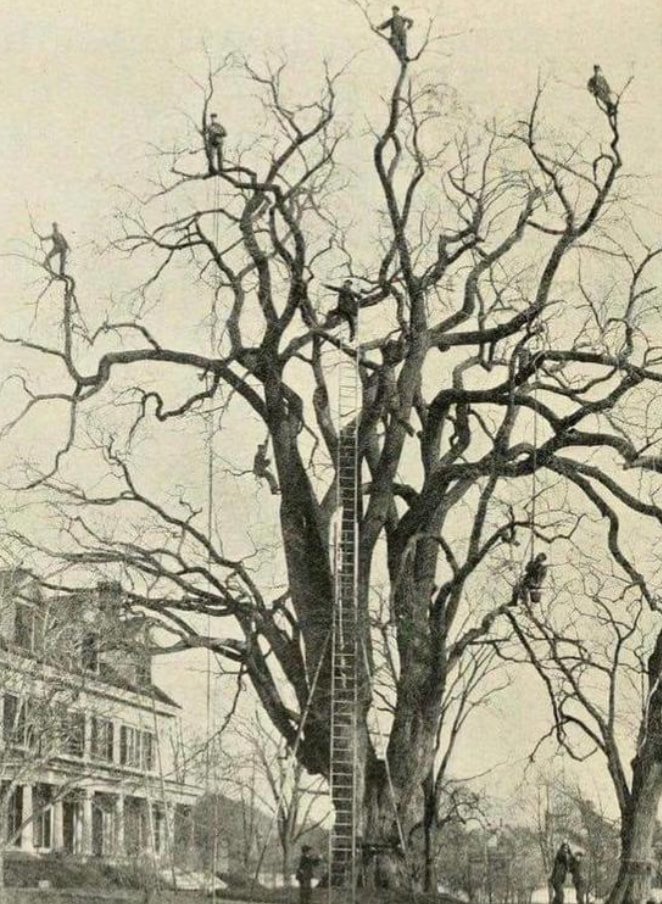C02: The most common gaseous form of carbon.
Chapter 11 discusses the history of carbon dioxide and how it relates to changes in climate, and then describes the solutions that are offered from the Institutions (Chapter 4), Markets and Commodities (Chapter 3), and Political Economy (Chapter 7) perspectives.
C02 slides here.
Paul Robbins, John Hintz, and Sarah A. Moore, Environment & Society: A Critical Introduction (3rd edition), Chapter 11.
Notes and Links:
Two OWU climate courses: Both Dr. Rowley: GEOG 245 Weather & Climate & GEOG 375: Climate Change (spring 2020)
The prisoner’s dilemma: https://ncase.me/trust/
The “President’s Climate Commitment” – an effort among colleges and universities. OWU students voted (overwhelmingly) in 2008 (I believe) supporting signing onto this commitment. OWU’s sustainability task force studied the agreement. The results are here: https://greenowu.wordpress.com. Ultimately OWU did not sign on to the agreement.
Citizen’s Climate Lobby: OWU student group
Trees are defined as perennial plants with a woody structure.
Chapter 12 explores the complex relationships between people and trees. Of particular concern are the ideas that people construct about trees, and how the way that we understand trees influences how we interact with them. This chapter considers trees through the perspectives of Population and Scarcity (Chapter 2), Markets and Commodities (Chapter 3), Political Economy (Chapter 7), and Ethics (Chapter 5).
Tree slides here.
Paul Robbins, John Hintz, and Sarah A. Moore, Environment & Society: A Critical Introduction (3rd edition), Chapter 12.
Notes and links:
Courses in Botany and Environmental History
Global Forest Watch: interactive global map; tree-cover gain and loss over time + additional related ecological data
Reconciliation Ecology on OWU’s campus: Difficult given the strict academic campus aesthetic, but bioretention cells, chimney swift tower, bird feeders and houses, etc.
OWU’s Jane Decker Arboretum: Started around 1970.
Why should trees have legal rights?
An extraordinary legal revolution is unfolding around the world. Last month, in a historic ruling, Colombia’s Supreme Court declared that the Amazon is a legal person with rights − to be protected, conserved and restored − and ordered the state to reduce deforestation.
This past year alone, from India to New Zealand, four rivers, two glaciers and a sacred mountain have been granted legal personhood. The Inter-American Court of Human Rights declared that the regional human-rights treaty protects the rights of the environment as such. U.S. municipalities are joining in.
